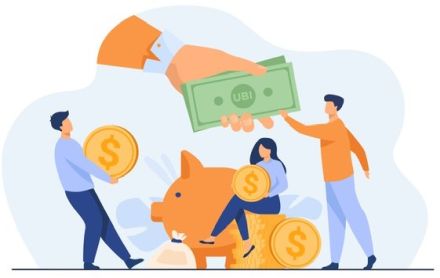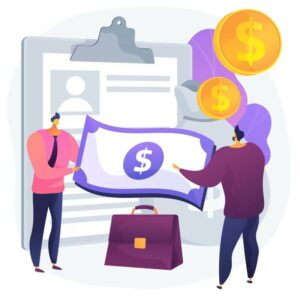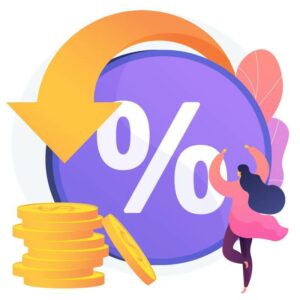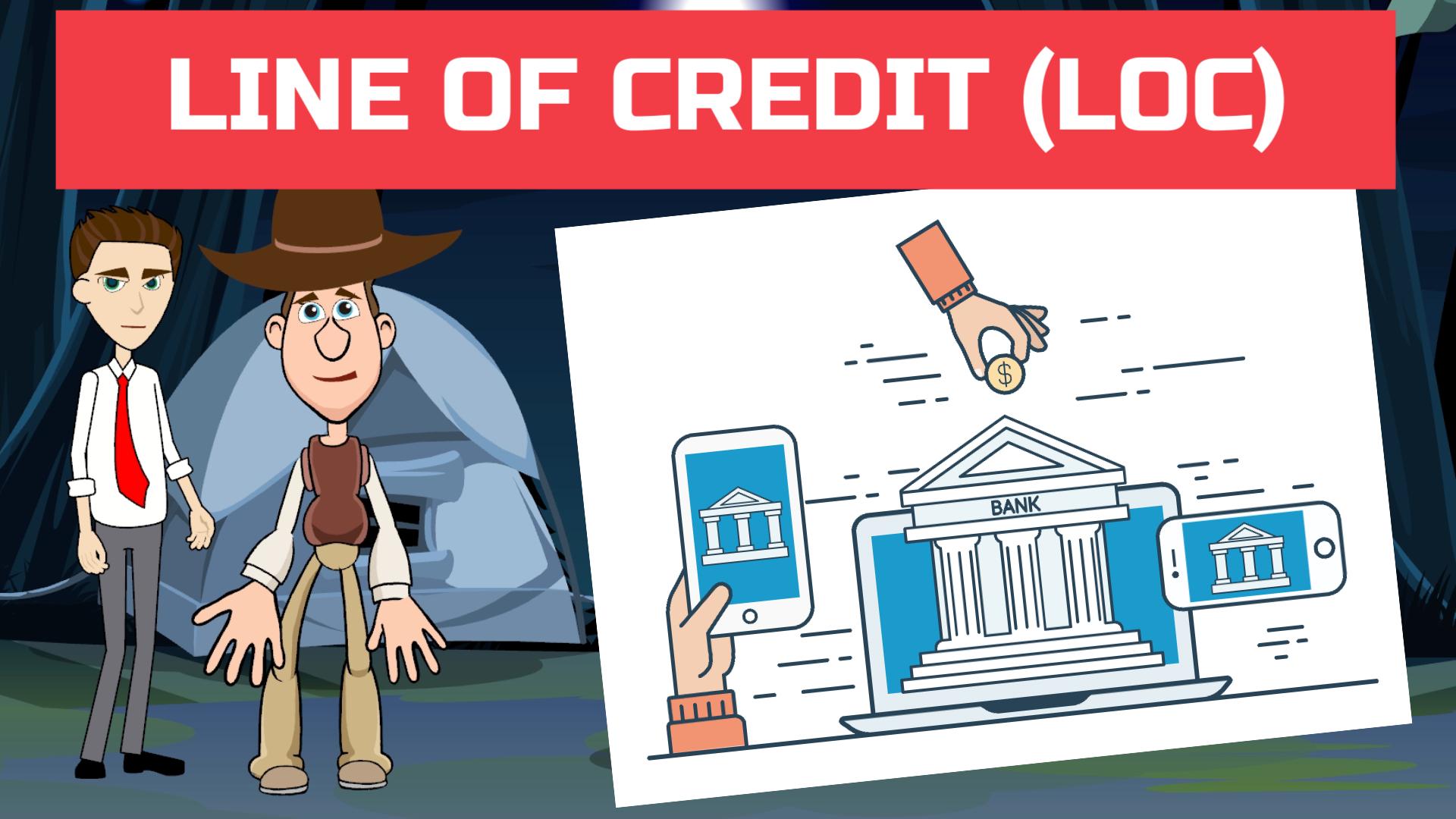Part 1: What is a Line of Credit (LOC), How Does it Work, Types of LOC
Part 2: Advantages & Disadvantages of a Line of Credit, Should You Use a Line of Credit
Introduction to Line of Credit (LOC) for Kids and Teens
This video explains the concept of a line of credit in a simple, concise way for kids and beginners. It could be used by kids & teens to learn about LOC, or used as a money & personal finance resource by parents and teachers as part of a Financial Literacy course or K-12 curriculum.

Suitable for students from grade levels:
- Kindergarten
- Elementary School
- Middle School
- High School
The topics covered are:
- What is a Line of Credit (LOC)
- How does a Line of Credit work
- Different types of lines of credit
- Advantages of a Line of Credit
- Disadvantages of a Line of Credit
- Should YOU use a line of credit
What is a Line of Credit?
A Line of Credit, also known as a personal line of credit or an LOC, is a type of loan from a bank or financial institution where instead of borrowing the full amount upfront, you can borrow as needed up to a certain approved credit limit.

You only pay interest on the amount actually borrowed, and can access the funds multiple times as long as you do not exceed the credit limit.
Line of credit comes in handy during emergencies to cover unexpected expenses, or if you start a project where the exact cost is unknown.
How does a line of credit work?
A Line of Credit is very similar to a credit card. The lender first needs to approve you for a certain credit limit based on your creditworthiness: your income, credit score, capacity to repay, outstanding debt, etc.
While the exact requirements may vary by lender, someone with a credit score of 690 or more has a higher chance of getting approved with a high limit at a lower interest rate.
Once approved, you can use the funds as you need them, only paying interest on the amount you actually use – not the entire credit limit.
For example, if you are approved for a $10,000 line of credit, you can borrow $3,000 now for fixing your car, another $2,000 after a month for unexpected medical expenses and still have $5,000 available to borrow. Once you repay the money you borrowed, your available limit goes back up to $10,000.
The interest rate is generally variable, and can change with changes in the market conditions.
After you borrow, there is a mandatory minimum payment due each month, but you can pay more than the minimum to decrease your debt and save on interest – just like a credit card.
Lenders may also charge a maintenance fee or annual fee that applies whether or not you use the funds.
Are there different types of lines of credit?
There are two main types of lines of credit: secured and unsecured.
A secured line of credit is backed by collateral, and therefore has a higher credit limit and lower interest rate. Home Equity Line of Credit (or HELOC) is a secured line of credit that uses your home equity as collateral.
An unsecured line of credit is not backed by collateral, and therefore has more stringent requirements for borrowers to qualify. It usually provides lower credit limits with higher interest rates. One example is personal line of credit or PLOC (pronounced p-lock).
What are the benefits of a line of credit?

The main benefit of using a line of credit over a traditional loan is the fact that you can borrow money over time as needed, instead of receiving all of it upfront. This not only offers a great deal of flexibility and convenience, but also allows for better control over your finances.
Also, you have continuous access to funds, and can borrow and repay as many times as needed within the credit limit. This makes it a good choice for covering unexpected expenses if you don’t have an emergency fund.
In addition, you only have to pay interest on the amount you use, not the entire credit limit.
The approval process for a line of credit is usually quick and easy, and collateral is optional unless it’s a secured line of credit.
What are the disadvantages of a personal line of credit?
The main disadvantage of a line of credit is that it often has a significantly higher interest rate than other types of loans, and the interest rate fluctuates over time. This means you can end up paying much more in interest than if you took a traditional loan.
There are also usually high late payment fees and missed payments can damage your credit score.
Some lenders also charge a maintenance fee just for providing the line of credit, irrespective of whether or not money is borrowed.
Unlike mortgage or student loans, the interest on a line of credit is not tax-deductible.
Also, you may be tempted to borrow more than you can afford through a line of credit.
If you want to go for an unsecured line of credit, it’s difficult to qualify if you don’t have a good credit history. And if your line of credit is backed by a collateral, non-payment can result in the lender taking over the collateral.
Should I use a line of credit?

Thanks to their flexibility and convenience, lines of credit can be a tempting choice for emergencies or purchases where the cost is unknown.
However, due to their high interest rate, you should never use them to borrow large amounts.
Loan and line of credit: Consider an auto loan or a mortgage if the money is needed for a specific purchase, or even a personal loan since their interest rates are much lower.
For emergencies, it’s best to have an emergency fund in place. But if you don’t have one, you can use a line of credit.
Make sure to pay not just the minimum amount, but as much as you can afford, since it can quickly accumulate significant interest.
Download Transcript: Ideal for Use by Teachers in their Lesson Plan to Teach Kids & Teens
Part 1: What is a Line of Credit (LOC), How Does it Work, Types of LOC
Part 2: Advantages & Disadvantages of a Line of Credit, Should You Use a Line of Credit

